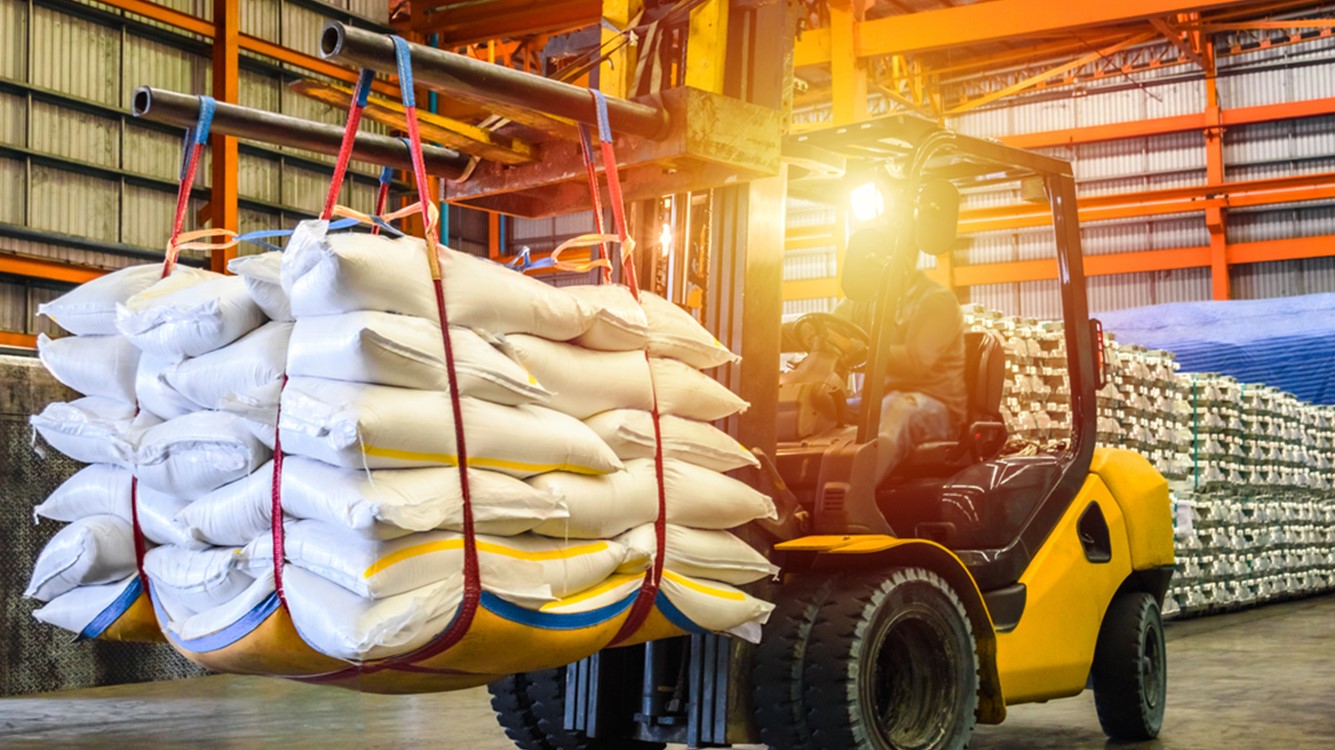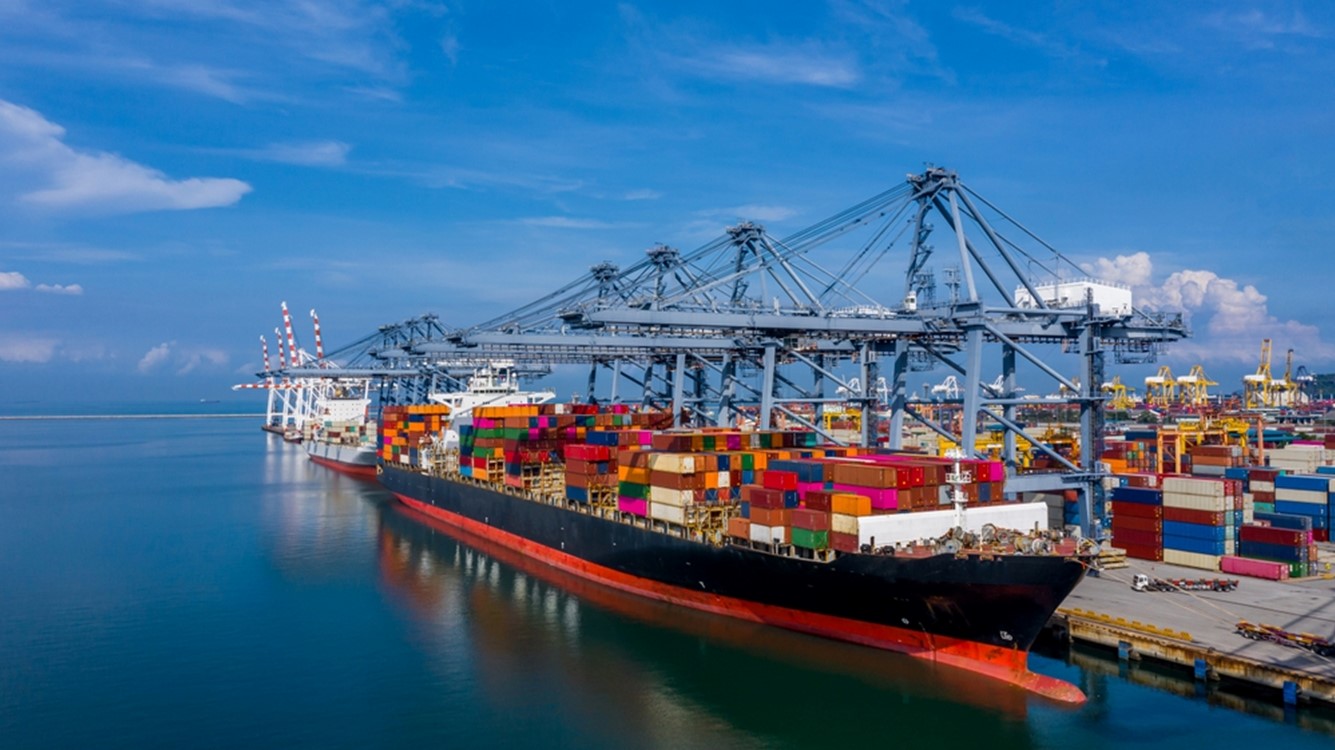Trade deficit gaps wider
Trade is likely to be a drag on GDP this year.

April 4, 2024
The nominal US trade gap widened to $68.9 billion in February, contrary to expectations for a narrowing in the trade deficit from January. That is a 1.9% increase in the deficit as imports rose by more than exports. In real terms, the deficit increased more as import prices increased by 0.3% while export prices increased by 0.8%. That will translate into more of a drag for growth.
Imports rose by 2.2%, or $4.7 billion; gains were broad-based. The largest gains were in services, consumer goods, foods and automotives. Services made up more than half of the increase as both travel and transport increased by more than $1 billion. TSA throughput has been elevated to start 2024. Consumer goods rose on a jump in cell phones as well as stocking up in durable goods such as furniture, household textiles and toys. Most of the stocking up in automotives was in automotive parts and accessories, as well as tires and engines. We saw a small increase in passenger cars and trucks, but most of the stocking up has already happened. There were smaller increases in capital goods and industrial supplies, with gains in computers, telecom equipment and iron being offset by drops in semiconductors and organic chemicals. Both wholesalers and retailers stocked up in February; the only weak spot was nondurable goods which is down 8.2% year-over-year.
Exports rose by 2.3%, or $5 billion after flattening in January. Gains in exports were broad-based with the exception of automotives which decreased by $1.3 billion. Services increased in both travel and transport. The largest gains showed up in industrial supplies, led by crude oil, nonmonetary gold and liquid natural gas, as well as foods which were led by animal feeds such as soybeans and corn. Capital goods posted strong gains in civilian aircraft, more than enough to offset weakness in industrial machinery, telecom equipment and semiconductors. Consumer goods were essentially flat. High-end products such as diamonds and artwork posted the largest gains, but pharmaceuticals were weak.
The goods deficit by country continues to show the trends of nearshoring and de-risking of supply chains. The deficit with Mexico expanded by $2.7 billion alone to $15.3 billion. Meanwhile, the deficit with China continued to shrink by nearly $4 billion from January. Deficits increased with Indonesia and Malaysia. The exceptions to the trend were South and Central America. Given the growing seasons, countries like Brazil likely imported soy and corn from the US to feed livestock. Deficits with Brazil, Chile and Colombia all turned to surpluses; that is unlikely to last into the year.
Exports could remain subdued on mixed recoveries from US trade partners.
Meagan Schoenberger, KPMG Senior Economist
Bottom Line
Net exports made positive contributions to GDP in 2022 and 2023 as the US economy slowed and inventories were drained, bringing down imports. Trade is likely to be a drag on GDP this year. In 2024 we expect to see a strong consumer, more stocking up from wholesalers and retailers and likely a general trend toward more imports as consumers and businesses look to the Federal Reserve to roll back restrictive policy later in the year. Meanwhile, exports could remain subdued on mixed recoveries from US trade partners.
Explore more

Trade gap widens
The goods deficit increased with countries such as Canada, Japan, South Korea, Taiwan and India.

KPMG Economics
A source for unbiased economic intelligence to help improve strategic decision-making.

US trade gap widened at end of 2023
The deficits with Canada and Japan decreased while deficits with the EU increased.
Subscribe to insights from KPMG Economics
KPMG Economics distributes a wide selection of insight and analysis to help businesses make informed decisions.
Meet our team

